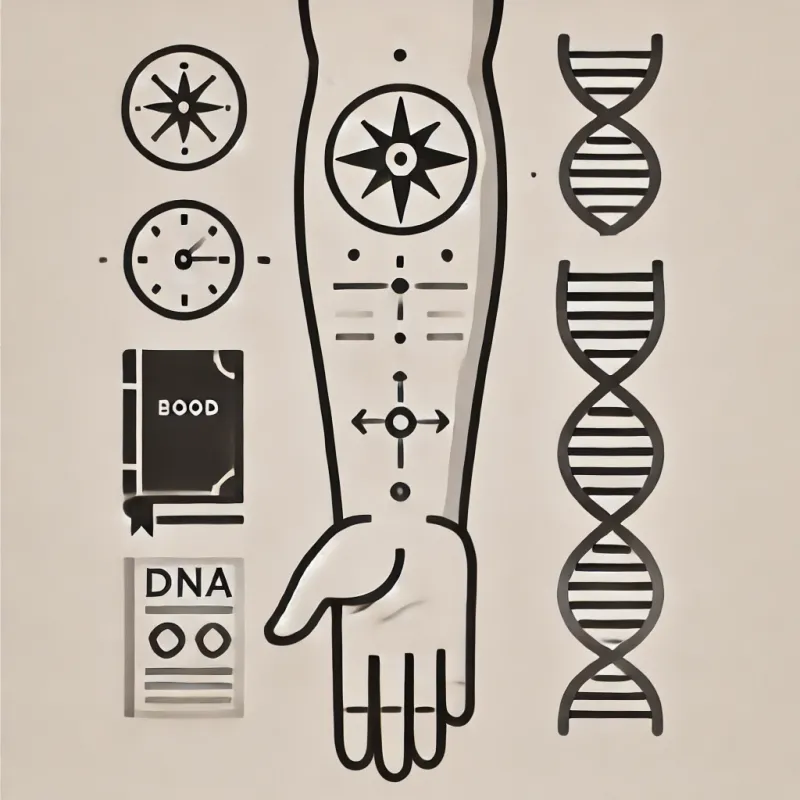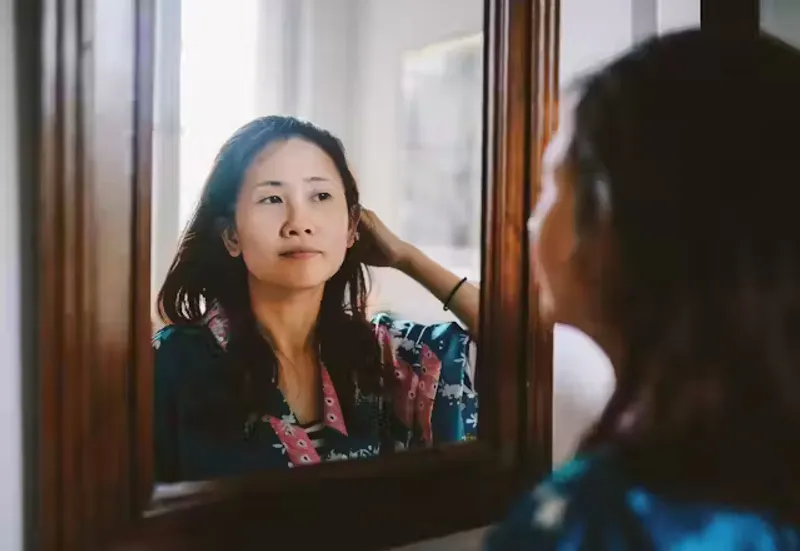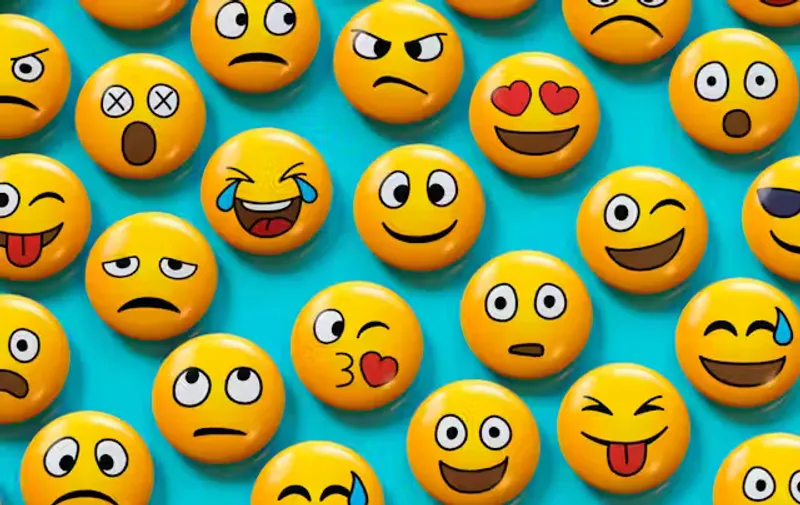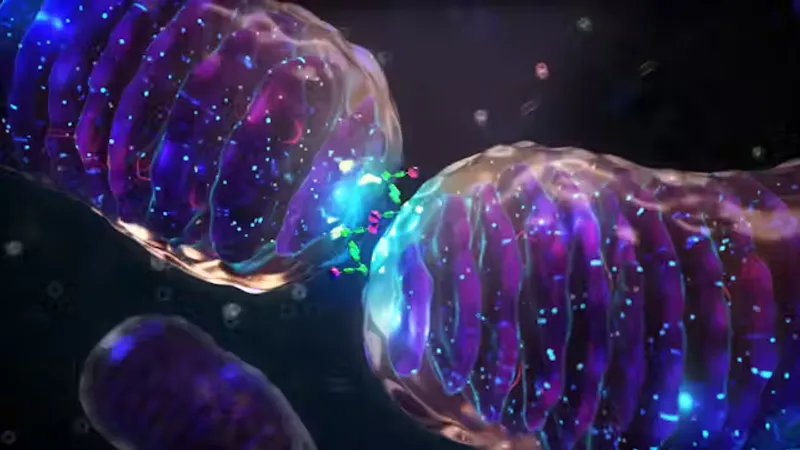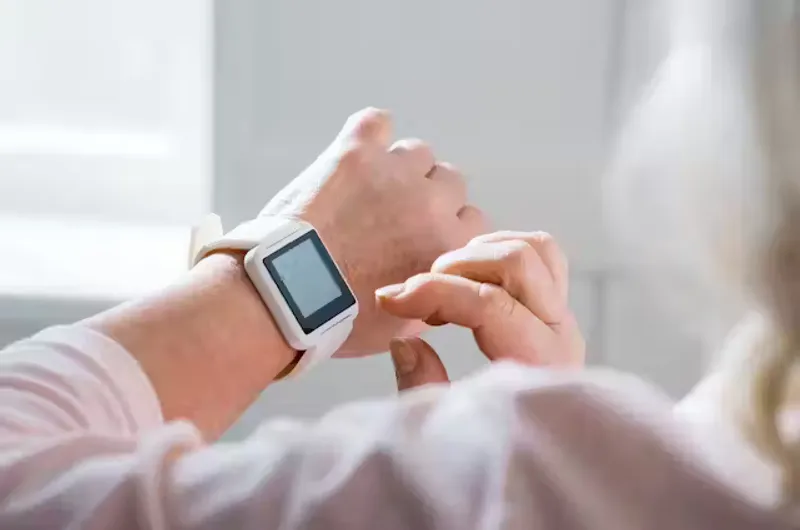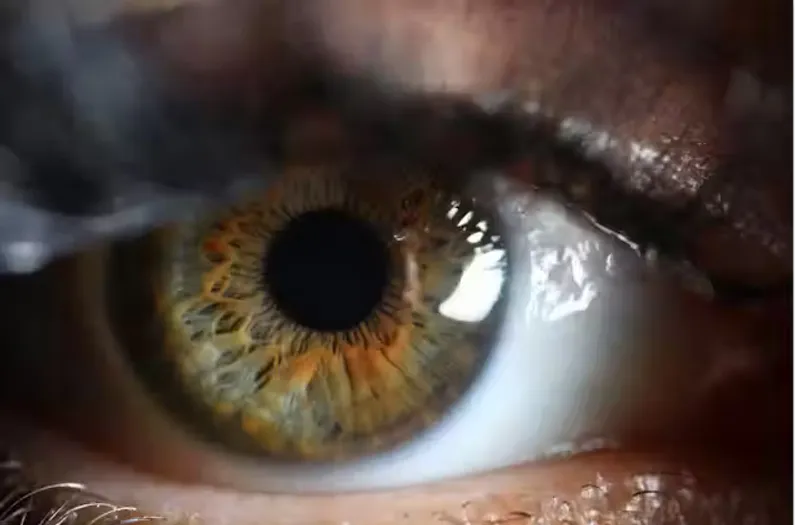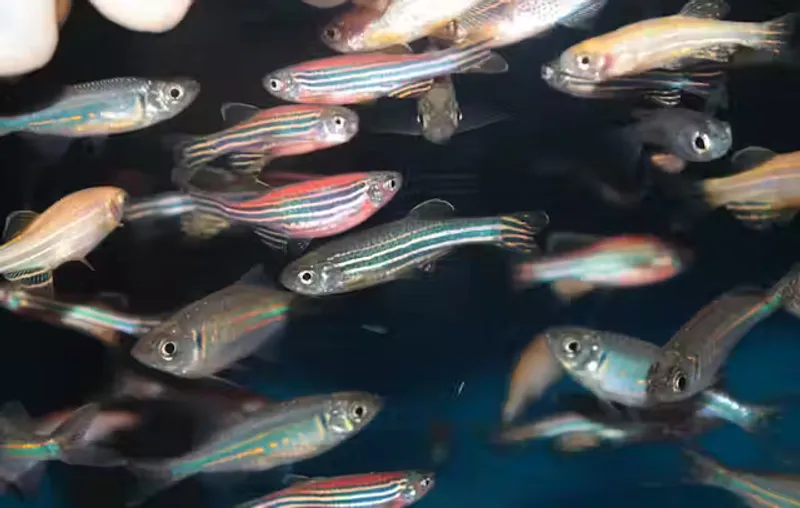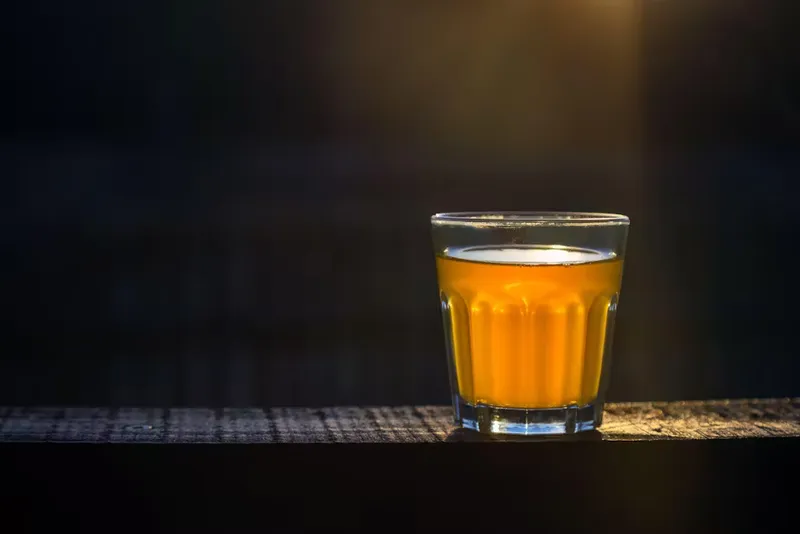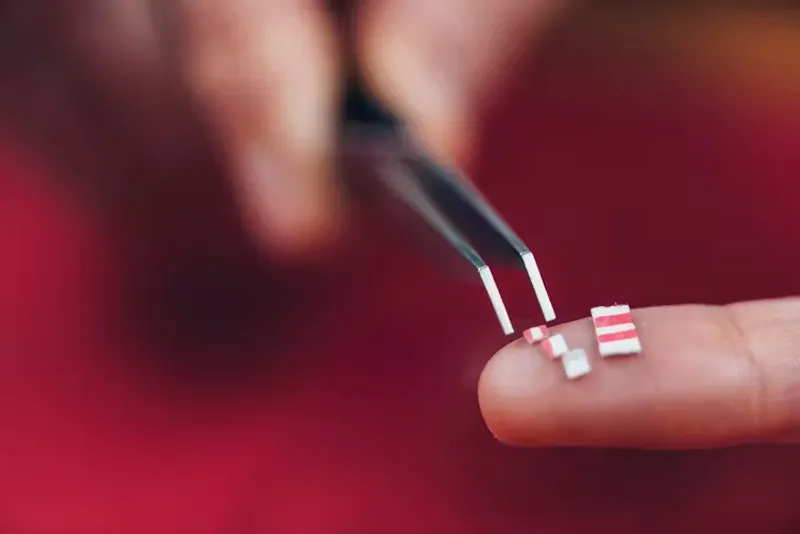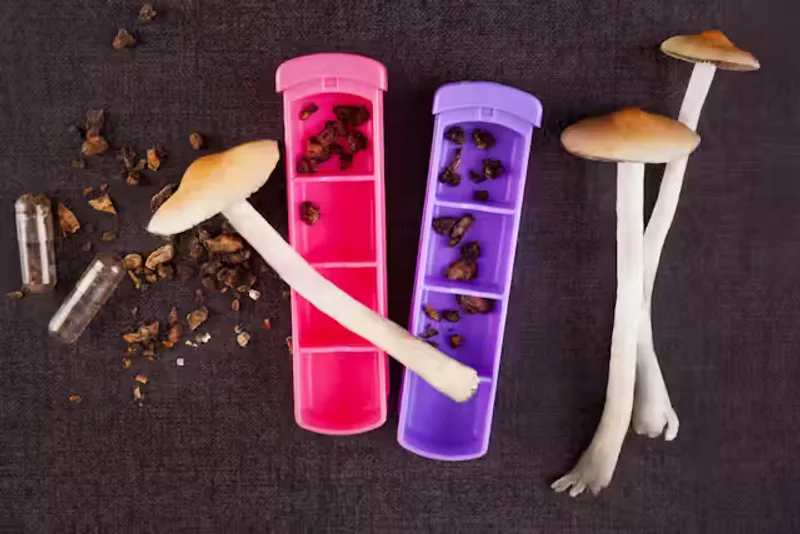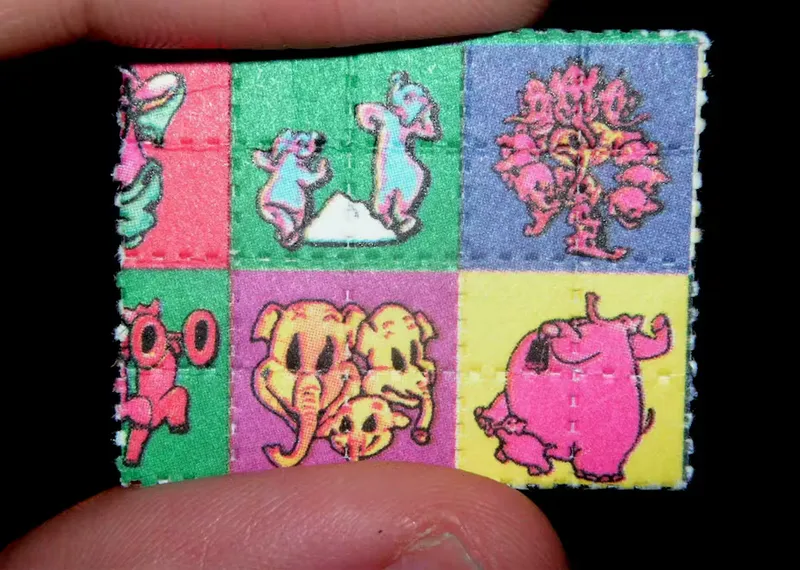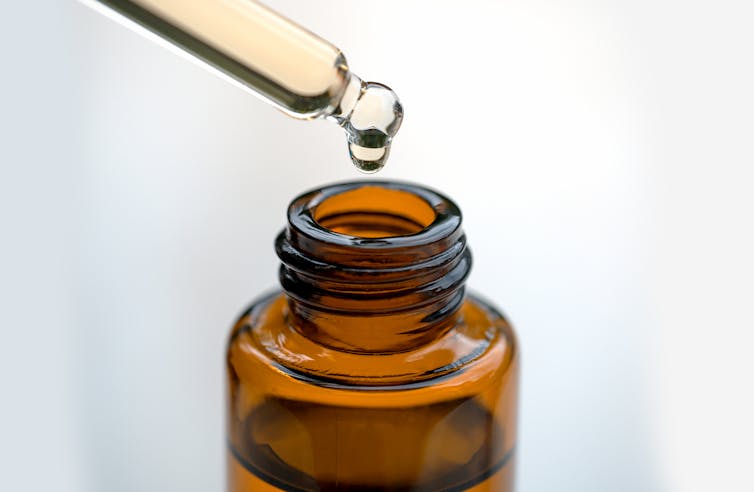
Vince Polito, Macquarie University
Microdosing means regularly taking very small doses of psychedelic substances such as LSD or psilocybin (magic mushrooms) over a period of weeks or months. The practice has made countless headlines over the past couple of years, with claims it can improve health, strengthen relationships, and increase productivity.
These claims are surprising because microdosers take doses so small there are no noticeable effects. These can be just 1/20th of a typical recreational dose, often every three or four days. With such small amounts, microdosers go about their daily business, including going to work, without experiencing any typical drug effects.
Previous research suggests microdosing may lead to better mood and energy levels, improved creativity, increased wisdom, and changes to how we perceive time.
But these previous studies have mainly involved asking people to complete ratings or behavioural tasks as one-off measures.
Our study, published today in PLOS One, tracked the experience of 98 users over a longer period – six weeks – to systematically measure any psychological changes.
Overall, the participants reported both positive and negative effects from microdosing, including improved attention and mental health; but also more neuroticism.
What we did
As you would expect, there are many legal and bureaucratic barriers to psychedelic research. It wasn’t possible for us to run a study where we actually provided participants with psychedelic substances. Instead, we tried to come up with the most rigorous design possible in the current restrictive legal climate.
Our solution was to recruit people who were already experimenting with microdosing and to track their experiences carefully over time, using well validated and reliable psychometric measures.

Each day we asked participants to complete some brief ratings, telling us whether they had microdosed that day and describing their overall experience. This let us track the immediate effects of microdosing.
At the beginning and end of the study participants completed a detailed battery of psychological measures. This let us track the longer-term effects of microdosing.
In a separate sample, we explored the beliefs and expectations of people who are interested in microdosing. This let us track whether any changes in our main sample were aligned with what people generally predict will happen when microdosing.
What we found
There are five key findings from our study.
1. A general positive boost on microdosing days, but limited residual effects of each dose.
Many online accounts of microdosing suggest people microdose every three or four days. The thinking is that each microdose supposedly has a residual effect that lasts for a few days.
The daily ratings from participants in our study do not support this idea. Participants reported an immediate boost in all measures (connectedness, contemplation, creativity, focus, happiness, productiveness and wellness) on dosing days. But this was mostly not maintained on the following days.
However, there was some indication of a slight rebound in feelings of focus and productivity two days after dosing.

2. Some indications of improvements in mental health
We also looked at cumulative effects of longer term microdosing. We found that after six weeks, participants reported lower levels of depression and stress.
We recruited people who were not experiencing any kind of mental illness for the study, so levels of depression and stress were relatively low to begin with. Nevertheless, ratings on these measures did drop.
This is an intriguing finding but it’s not clear from this result whether microdosing would have any effect on more significant levels of mood disturbance.
3. Shifts in attention
The microdosers in our study reported reduced mind wandering, meaning they were less likely to be distracted by unwanted thoughts.
They also reported an increase in absorption, meaning they were more likely to experience intense focused attention on imaginative experiences. Absorption has been linked to strong engagement with art and nature.
4. Increases in neuroticism and some challenging experiences
Not everyone had a good time microdosing. Some participants reported unpleasant and difficult experiences. In some cases, participants tried microdosing just once or twice, then didn’t want to continue.
Overall, participants reported a small increase in neuroticism after six weeks of microdosing, indicating an increase in the frequency of unpleasant emotions.
5. Changes do not entirely match people’s expectations
People have strong expectations about the effects of microdosing. But when we looked at the specific variables participants most expected would change, these didn’t match up with the changes actually reported by our microdosers.
Two of the biggest changes microdosers expected were increases in creativity and life satisfaction, but we found no evidence of shifts in these areas. This suggests the changes we found were not simply due to people’s expectations.
What does it all mean?
This complex set of findings is not what’s typically reported in media stories and online discussions of microdosing. There are promising indications of possible benefits of microdosing here, but also indications of some potential negative impacts, which should be taken seriously.
It’s important to remember this was an observational study that relied heavily on the accuracy and honesty of participants in their reports. As such, these results need to be treated cautiously.
It’s early days for microdosing research and this work shows that we need to look more carefully at the effects of low dose psychedelics on mental health, attention, and neuroticism.![]()
Vince Polito, Postdoctoral Research Fellow in Cognitive Science, Macquarie University
This article is republished from The Conversation under a Creative Commons license. Read the original article.

